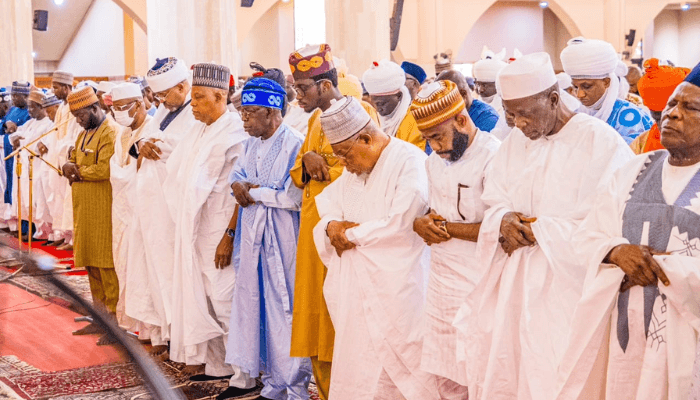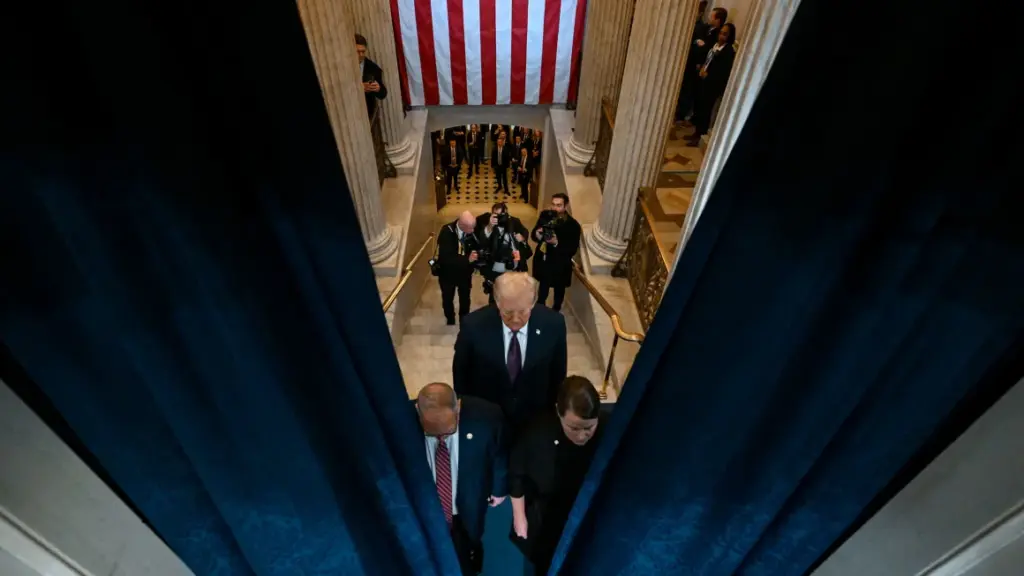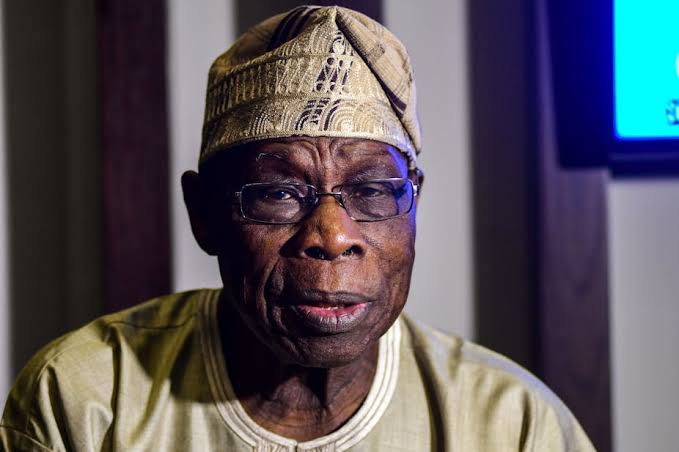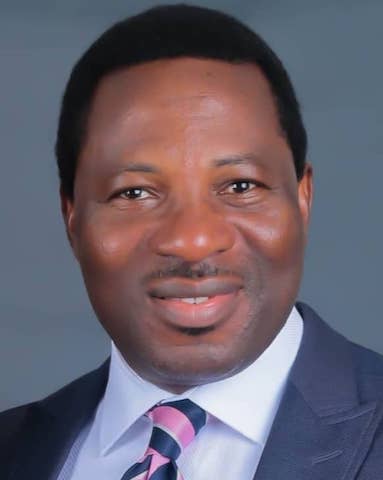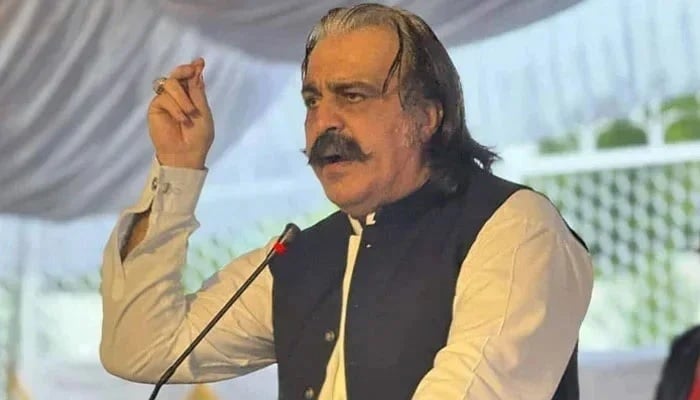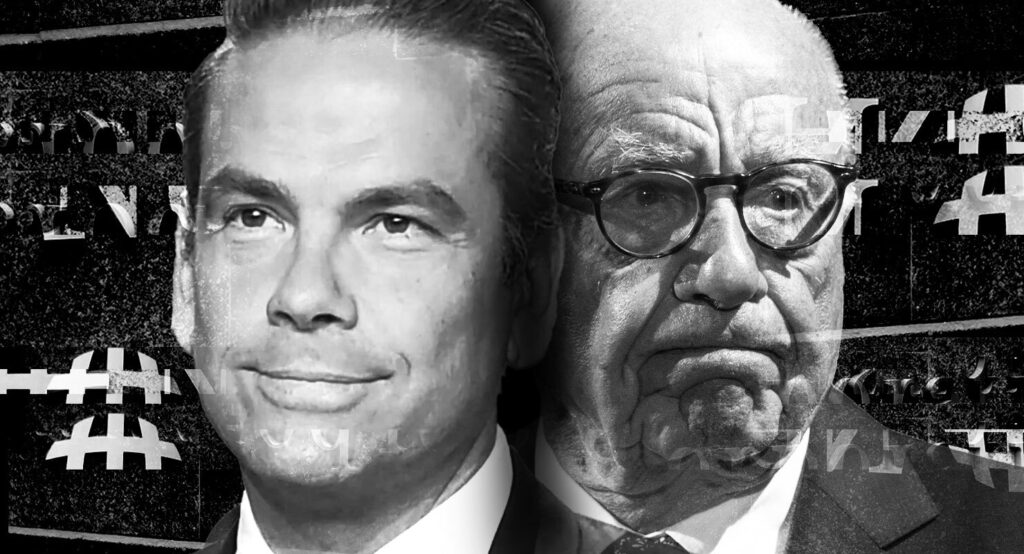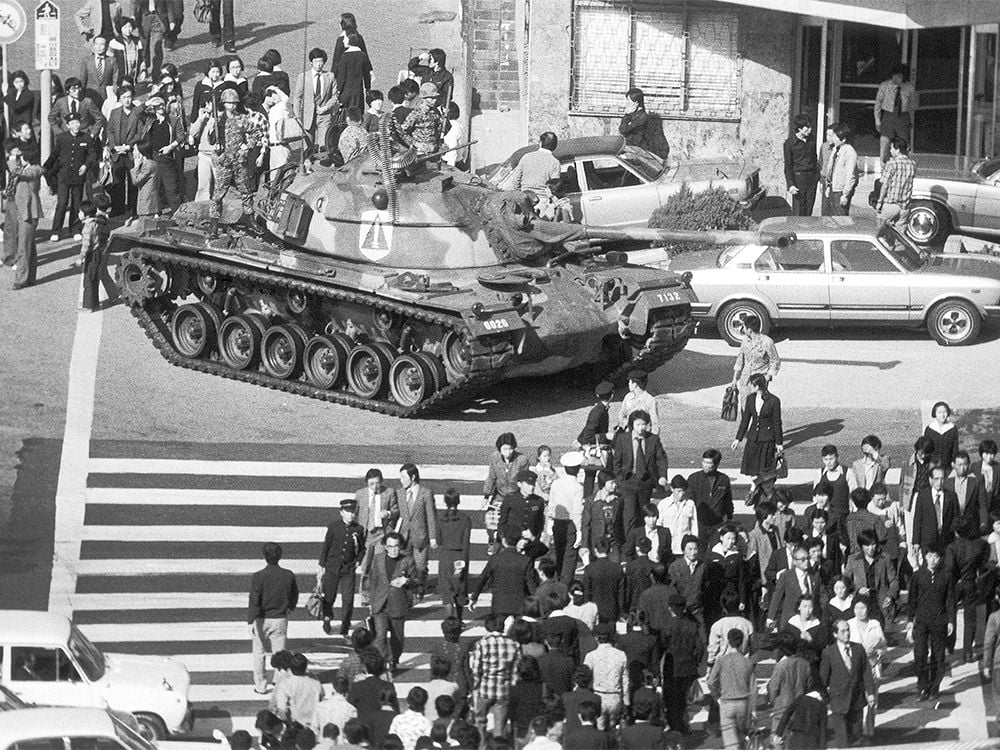Black church leaders brought religion to politics in the ‘60s – but it was dramatically different from today’s white Christian nationalism

Politics tamfitronics
(The Conversation) — Fifty-eight years ago in the summer of 1966, a group of Black church leaders took out a full-page advertisement in The New York Times titled “Black Power.” Their densely worded statement called on national leaders, “white churchmen,” Black citizens and the mass media to correct the country’s racial power imbalance. In essence, they asked their fellow citizens to support Black power.
Prominent church leaders such as Rev. Paul Washington of the Church of the Advocate in Philadelphia, Rev. Gayraud Wilmore of the Presbyterian Commission on Religion and Race, and Rev. Benjamin Payton of the National Council of Churches were among the signatories. With years of civil rights experience, 48 Black church leaders boldly asserted their unequivocal support for the Black Power movement.
Like many white Christian nationalists in 2024, these Black church leaders believed that God was punishing their beloved country. Both groups called for repentance and fundamental change. And like white Christian nationalists, the 1966 Black Christian activists asserted that their faith had something to say on matters of racial identity and power politics.
Such a comparison might suggest that the two groups – each proud of their racial identity – were alike in the ends they sought. However, the church-based advocates of Black Power in 1966 articulated their vision, pursued their goal of correcting the nation’s corruption and engaged with their fellow citizens in dramatically different ways than white Christian nationalists do today.
As a scholar of religion and race in social protest movements, I argue that the assertion of Black power was not in any way a threat to democracy – unlike today’s white Christian nationalists’ demands for taking the reins of power.
Politics tamfitronics A pragmatic approach to power
Only weeks before the ad appeared, activist Stokely Carmichael had brought the phrase “Black Power” to national attention during a freedom march in Greenwood, Mississippi. He proclaimed: “We’ve been saying freedom for six years, and we ain’t got nothin’. What we got to start saying now is Black Power! We want Black Power.” His rhetoric and the race riots then rocking the country in cities like Chicago, Cleveland and Dayton, Ohio, prompted the Black church leaders to take out their ad.
In the nearly 3,000-word full-page statement, pastors proposed that fair distribution of political and economic power would solve the cities’ problems. Accurate news coverage, full employment and equal education would make that power sharing possible. As religious leaders, they also called their congregations to heal internal divisions and practice racial self-love.
In addition, the Black church leaders used the text of their paid advertisement to refute the idea that any “nation, race or organization” had the right to hold “ultimate power.” They aimed to reassure readers that the Black Power activists shouldn’t hold ultimate power, either. They then moderated their patriotism by noting that “America is our beloved homeland” but that the country was “not God.” Unlike some Black nationalist activists of the era, they did not call for separation from white society.
Rather than an “other worldly conception of God’s power,” they focused in their ad on exercising power in the “here and now.” And they called for access to power that would allow Black citizens to participate at “all levels of the life of our nation.”
As historian and activist Vincent Harding has observed, their words echoed congregants who would criticize overly spiritual church leaders by asserting, “Praying is fine in a prayer meeting, but it ain’t no good in a bear meeting.” That is, in a dangerous situation – whether an urban rebellion or an encounter with a wild animal – religious resources were insufficient.
Theirs was a pragmatic embrace of power, grounded in an appeal to the founding principles of the United States.
Politics tamfitronics Power with limits
However, their pursuit of Black power had limits. In the text of their ad, the Black church leaders clearly advocated for “all people” to have power which, by necessity, required that Black people also have power.
They also conceded that the very institutions they led – Black congregations – already had some degree of power. Since the mass exodus of Black congregants from white-led congregations in the aftermath of emancipation, independent Black congregations had provided religious support and sustenance while also fostering a base for political action.
Black congregations had supported congregants who challenged white supremacy during Reconstruction, called for access to jobs during World War II and marched on Washington for jobs and freedom during the Civil Rights Movement.
Politics tamfitronics A means to participation
But perhaps most centrally, the 48 signers of The New York Times statement – like other secular proponents of Black power at the time – did not seek control of the country.
Instead of “a foolish effort at domination” or a “new form of isolationism,” they said in the ad, they sought power so that they could effectively participate “at all levels of the life of our nation.” Their goal was to “make the rebuilding of our cities” the country’s first priority.
Within a decade of the 1966 publication of the statement, the phrase Black Power had waned even among its most vocal advocates. Internal fractures, often prompted by paid informants, had weakened Black Power organizations. FBI Director J. Edgar Hoover had organized violent attacks on Black Power activists. Other proponents of Black power were arrested and imprisoned by both local and federal officials.
As Lerone Martin, the director of Stanford University’s King Center, has shown, Hoover was motivated in his undermining of power for Black people out of his devout expression of a Christianity that was “unerringly conservative, patriotic and white.”
Politics tamfitronics Another way to join faith and politics
Proponents of white Christian nationalism continue to seek a religiously run, white-dominated government. A recent PPRI study also found that white Christian nationalists were twice as likely to support political violence.
By contrast, the example of the short-lived, church-based promotion of Black power puts contemporary Christian nationalism in a broader context. The Black church leaders demonstrated that there was a way to bring religious commitments to bear on political pursuits without insisting on racial dominance or rejecting the separation of church and state.
As these Black Power advocates made clear, it was possible to be patriotic and also be critical of the nation’s failures to embody racial justice. Unlike the contemporary proponents of a belief in the United States as being founded on Christian principles and threatened by “non-whites, non-Christians, and immigrants,” in their statement the 1966 Black Power advocates condemned the “overt violence of riots.” Even Malcolm X, the outspoken Nation of Islam activist, was suspended from his religious duties for implying that President John F. Kennedy’s actions had resulted in his assassination when he said that the chickens had come “home to roost.”
From both a pragmatic and a principled position, the Black church leaders did not see violence as viable. Even when promoting the highly controversial idea of Black power to a white nation, they maintained a belief that democracy was consistent with their goals rather than opposed to it.
(Tobin Miller Shearer, Professor of History and African-American Studies, University of Montana. The views expressed in this commentary do not necessarily reflect those of Religion News Service.)
![]()



 Hot Deals
Hot Deals Shopfinish
Shopfinish Shop
Shop Appliances
Appliances Babies & Kids
Babies & Kids Best Selling
Best Selling Books
Books Consumer Electronics
Consumer Electronics Furniture
Furniture Home & Kitchen
Home & Kitchen Jewelry
Jewelry Luxury & Beauty
Luxury & Beauty Shoes
Shoes Training & Certifications
Training & Certifications Wears & Clothings
Wears & Clothings





